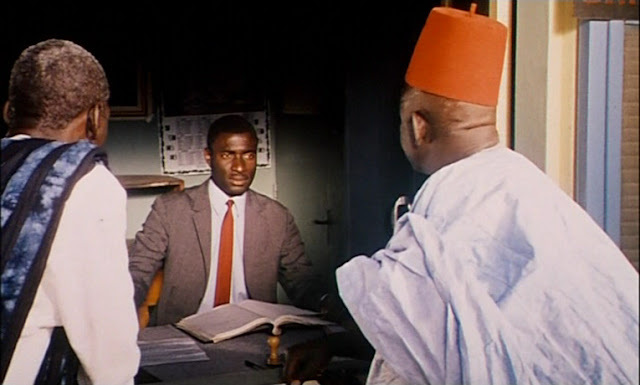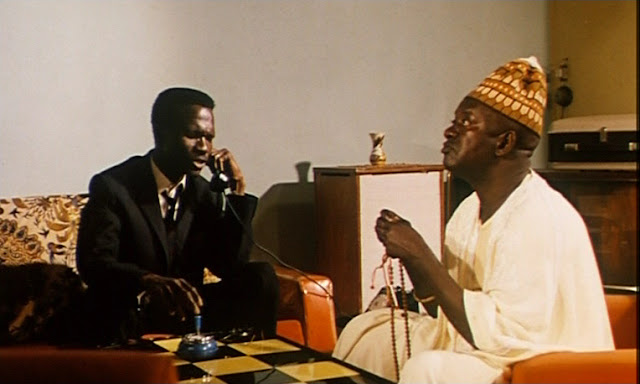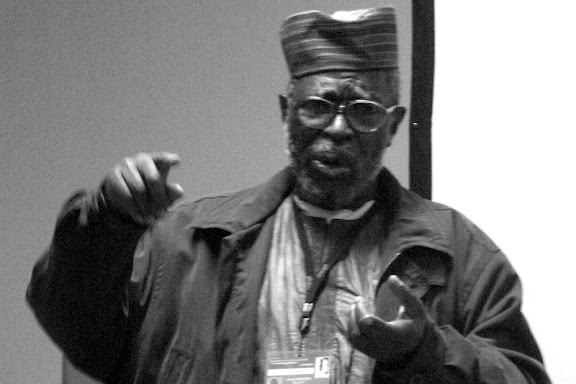Sam Goetz, USA
Fiction, 2007, 34'
Derek is a misanthrophic and asthmatic boy. He is a bicycle enthousiast and wants to be strong and willy. He live with his brother Bruno, who embodies the perfect american boy, sportive and healthy, but terribly sensitive and sitcom-loving. Their coexistence is not easy, as it seems Derek is jalous of Bruno's healthy body, and bored by his over-sensitive personality, very easy to influence and somewhat childish.
Even with some lenght, the camera portraits the two brothers and ask the question of the place of each character in this closed world (Trenton, New Jersey), and how different persons can get along, but there is behind the brothership the question of how the body and the mind are linked. Which one makes the other ? Derek, trying to overhelm his asthme with his sportive efforts, while the normal life seems to be out of reach, is he pathetic or strong ? And the brother Bruno, who is the american winner, the very ordinary boy, who has no efforts to do to be a good basket player, but who can cry in front of an ordinary sitcom, and has sentenses about « lisetening to one's heart », what is he really ? None of them really accept what they are, but both are unable to change, despite how hard they try.
The camera gives an large importance to the scenery, an industrial and deserted city, while the secondary characters are only support for the two protagonists, played by two very convicing actors (which I can't say for the others). Far away from all the clichés, two contrasted young men trying to be someone...






















